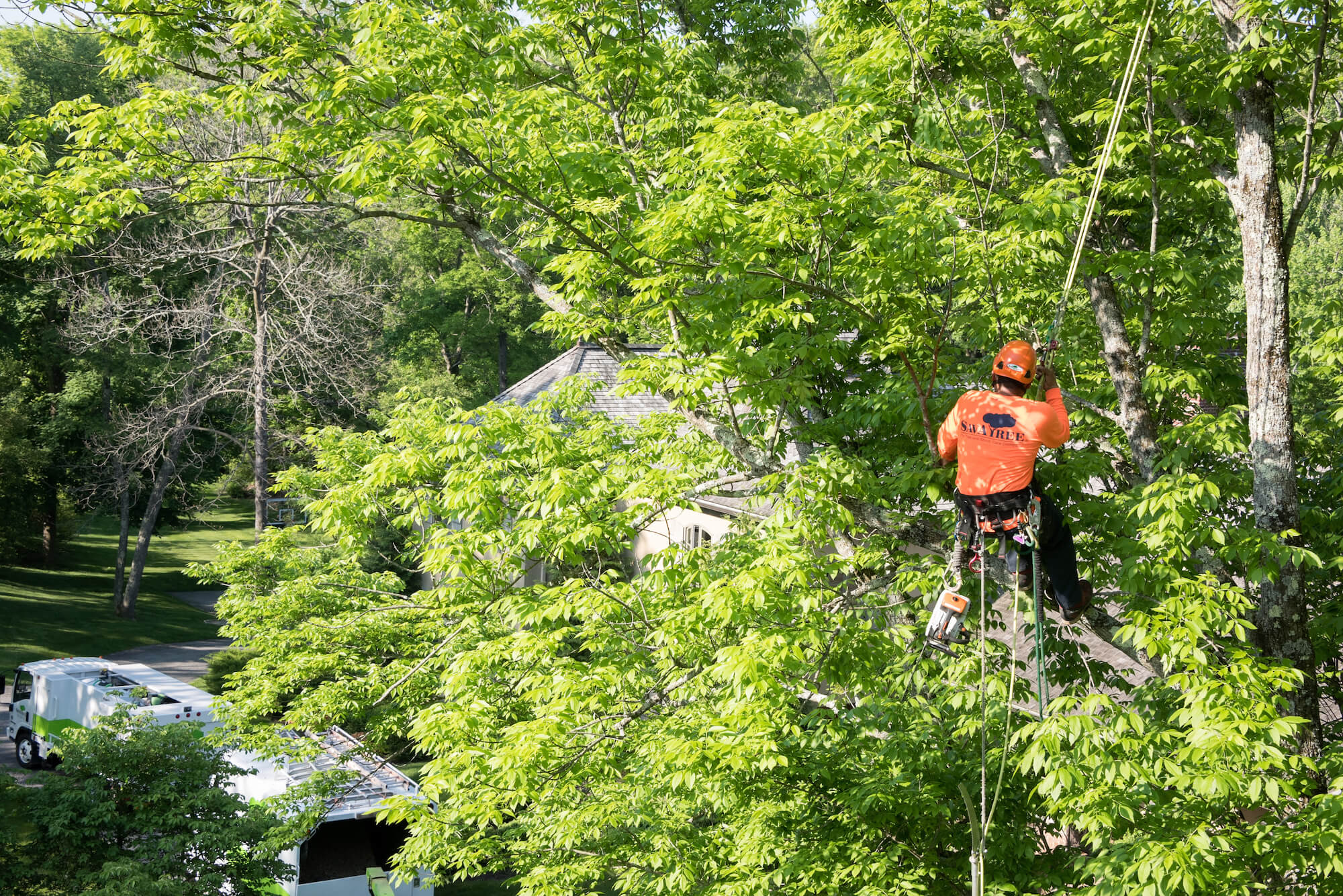Understanding the Value of Tree Preservation and Preservation Practices in Urban Locations
In the dynamic landscape of metropolitan atmospheres, trees frequently stand as quiet guardians, providing a wide variety of advantages that extend much past their aesthetic appeal. Comprehending the relevance of tree conservation and preservation techniques in these areas is not simply an environmental consideration however an all natural technique to fostering resistant and lasting communities. As we discover the interwoven material of ecological, social, and economic advantages that urban trees provide, it comes to be noticeable that their preservation is crucial for the well-being of existing and future generations. Let us get started on a journey to uncover the important function that trees play in forming the urban landscapes of tomorrow.
Environmental Advantages of Trees in Cities
Trees in metropolitan locations play a vital duty in supplying numerous environmental advantages, contributing to the total wellness of city slicker. One substantial advantage is the enhancement of air top quality. Trees work as all-natural filters, soaking up contaminants such as carbon monoxide gas, sulfur dioxide, and nitrogen dioxide, and releasing oxygen right into the environment. This procedure helps in reducing the focus of dangerous gases, making the air cleaner and much healthier for locals.

Furthermore, trees add to water management by minimizing stormwater runoff and dirt erosion. Generally, the environmental advantages of trees in cities are essential for developing livable and lasting urban atmospheres.
Social Relevance of Urban Tree Conservation
In contemporary metropolitan landscapes, the preservation of trees holds substantial social significance for cultivating area health and enhancing quality of life. Urban tree preservation plays a vital duty in creating areas for social interaction and area engagement.

Economic Worth of Tree Conservation
The conservation and preservation of city trees supply substantial financial advantages that add to the overall financial health of cities and neighborhoods. Urban trees provide a wide variety of economic advantages that positively impact regional economic climates. One significant financial advantage of tree conservation is the boost in residential or commercial property worths. Trees improve the aesthetic allure of neighborhoods, bring about greater residential property worths and bring in prospective purchasers or occupants. Metropolitan trees aid lower energy costs by giving color in the summertime and acting as windbreaks in the wintertime, consequently decreasing the need for heating and cooling down systems.
Furthermore, trees play a vital function in minimizing stormwater runoff and mitigating the results of flooding, which can lead to expense financial savings for cities in terms of infrastructure repair and maintenance. Urban trees also add to improved air top quality by releasing and taking in toxins oxygen, causing prospective cost savings in healthcare costs connected with respiratory ailments. By recognizing and spending in the economic worth of tree conservation, cities can advertise sustainable development, boost lifestyle, and produce even more resilient urban atmospheres.
Approaches for Sustainable Urban Tree Management
A detailed technique to sustainable urban tree administration includes integrating varied approaches that prioritize long-term ecological health and community well-being. Implementing tree my website supplies and assessments is vital to recognize city tree populations, their health, and maintenance demands.
Area involvement plays an essential function in lasting city tree monitoring. Educating locals concerning the advantages of trees, arranging tree growing events, and including volunteers in tree care activities promotes a feeling of possession and stewardship. Cooperation between city government, ecological organizations, and locals is vital click reference to creating and executing reliable tree administration strategies.
Spending in eco-friendly infrastructure, such as green roof coverings and metropolitan woodlands, can offer several benefits, including enhanced air quality, stormwater management, and urban heat island mitigation. Tree service guilford ct. Incorporating trees right into metropolitan planning and style procedures makes sure that trees are valued as crucial elements of a healthy and resistant urban setting
Neighborhood Involvement in Tree Conservation
Neighborhood involvement is a fundamental element in cultivating lasting urban tree management techniques and guaranteeing the long-lasting wellness and preservation of city tree populations. Engaging the area in tree preservation efforts can cause raised recognition, gratitude, and stewardship of trees within urban areas. When residents proactively take part in tree preservation, maintenance, and growing efforts, they create a sense of ownership and satisfaction in their regional setting.
Area participation additionally advertises social communication and cooperation amongst citizens, regional authorities, and ecological organizations, fostering a shared duty for city tree preservation. By organizing tree planting events, academic workshops, and volunteer opportunities, communities can work together to improve the metropolitan tree cover and develop greener, healthier cities.
Conclusion
In conclusion, metropolitan tree conservation and preservation practices play a vital duty in enhancing the a knockout post ecological, social, and economic health of cities. By identifying the worth of trees in city areas and executing sustainable management strategies, communities can appreciate the many benefits that trees give. It is critical for stakeholders to actively get involved in tree conservation initiatives to ensure a greener and much healthier urban atmosphere for existing and future generations.
